Please support Game Informer. Print magazine subscriptions are less than $2 per issue
My Favorite (And Least Favorite) Strategy Guides
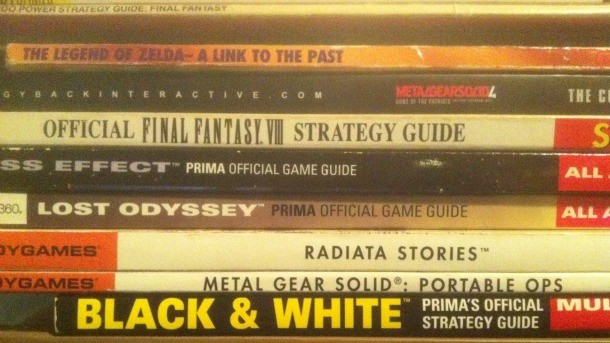
Strategy guides have an undeservedly bad reputation among hardcore gamers. Some seem to think that guides are just for people too stupid to figure a game out, or for those who want to get all of the reward with none of the effort. I disagree. I believe strategy guides help me get the most out of my games, and these are examples of the guides I’ve owned that accomplish that goal with flying colors…plus one that fails miserably.
Even for those who don’t view strategy guides as cheating, another question comes up when discussing them: Why not just look up all the answers online? As printed books, strategy guides offer an element of design, organization, and easy access that you can’t get on most game help sites. They are complete resources, often written with the direct assistance of a game’s development team. They have maps, lots of pictures identifying key locations, and give you all of the information in one place. If you’re just looking for a boss strategy, I agree that you can get that anywhere. However, the best guides offer more than that; they help you see things you didn’t even know were in a game.
That’s the main reason I’ve been a user of strategy guides for years. It’s resulted in me acquiring a hefty collection of the books, and here are a few of my favorites.
The Elder Scrolls V: Skyrim 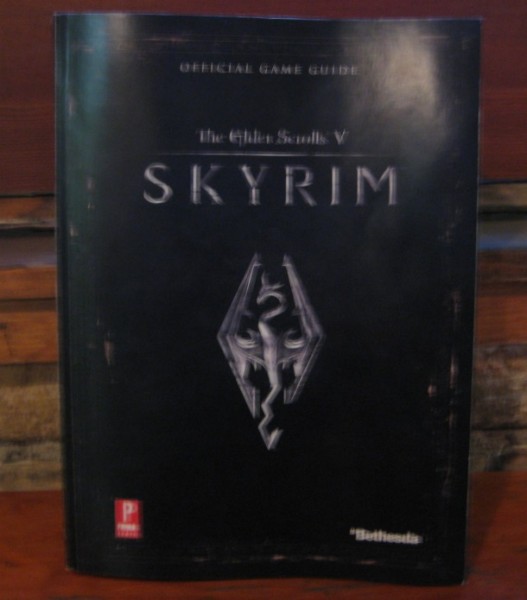
Skyrim is a huge game, and this guide from Prima Games does a fantastic job pointing you toward the best content. The full map has all of the locations marked in case you’re looking for something specific, and detailed information on how all of the guilds, side quests, and campaign missions intersect. Skyrim isn’t a challenging game from a difficulty standpoint, but it’s easy to get overwhelmed by the size of the world and amount of content. This guide helps you narrow your focus if you’re just beginning, and gives you all of the finer points and hidden items if you’re looking to add another 100 hours to an already lengthy playthrough.
Metal Gear Solid 4: Gun of the Patriots
The mission walkthroughs in this guide from Piggyback Interactive do their job, but the real strength is how the guide focuses on giving hardcore fans of the series everything else they could want. Kojima Productions is known for putting lots of Easter eggs in its Metal Gear Solid games, and this guide helps players find the cool touches they may have missed. It also has important pointers about how the game changes if you are playing on harder difficulty modes, plus you’ll find well-written story and character summaries (and an interpretation of the ending) for those who may need some help connecting the dots. If you love to do a deep-dive into Metal Gear Solid games, this guide is invaluable.
Radiata Stories 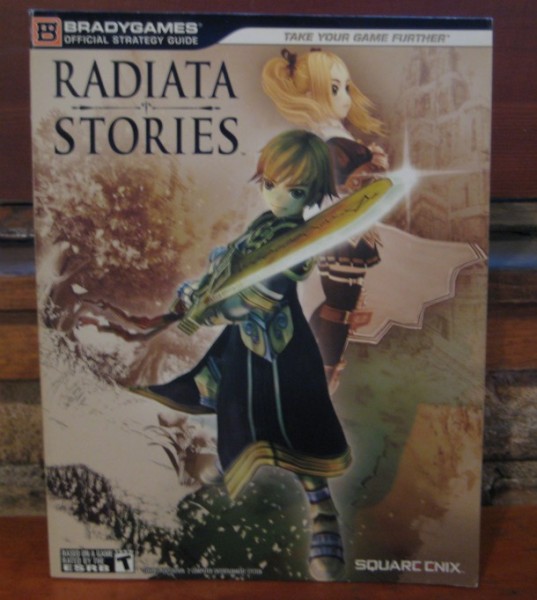
I think Radiata Stories is the most under-appreciated RPGs of the PS2 era, but whatever you think of the game itself, you can’t deny that BradyGames’ strategy guide is an excellent companion. To understand why, you need to know something about the game: one of the major draws is collecting allies. These people have individual daily shedules, and often have specific and bizarre requirements for joining. The whole first part of the guide is devoted to every single ally, where you can find them, and what you need to do to recruit them. It’s a complicated task, but the information is thorough and well-organized…though it just looks like a mess on first glance:
The other aspect of the guide I appreciate is how it explains the consequences of a major choice you make about 75% of the way through the game. The game branches into two different paths at that point, but the guide makes sure you never feel like you did something wrong. I still page through this one occasionally even though I completely cleared the game long ago.
On the next page: 2 SNES classics and the worst strategy guide of all time!
Final Fantasy III
I have to admit to some bias here: Final Fantasy III (later referred to as VI) is my favorite RPG ever. So, of course I have a soft spot for the book that helped me uncover all of its secrets. Favoritism aside, though, this guide gives you everything you need to know to see every corner of this classic. For instance: do you remember how Gau can learn enemy abilities on the Veldt? The book has a comprehensive list of every monster that appears and the skills Gau learns from them.
Other bonuses include how to learn of Strago’s Lore spells, what wagers earn you what items in the Coliseum, and Yoshitaka Amano’s gorgeous concept art scattered throughout. Also, considering the open-ended nature of the game’s second half, the guide lays out the quests and their requirements in a clear and understandable manner. I couldn’t get enough Final Fantasy III when it came out, and this guide ensured that I always had something else to explore.
The Legend of Zelda: A Link to the Past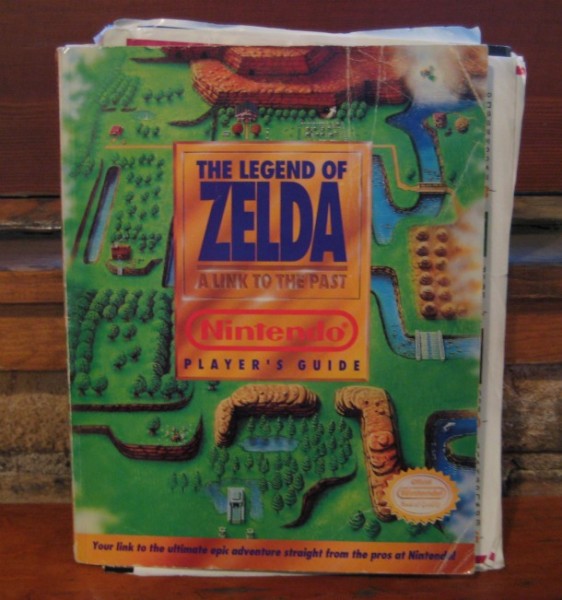
This was the first time I ever knew the true value of a well-made strategy guide. I played through A Link to the Past so many times with this book at my side that I practically had it committed to memory. As you can probably see from the picture, I wore out the binding and pages started falling out. It doesn’t have many bells and whistles by modern standards; it has a nice map, and tells you where to get all of the pieces of heart, which was about the extent of secrets that games held back at the beginning of the 16-bit era. However, for gamers who were accustomed to the sparse (and often poorly translated) instruction manuals, the presentation of the Zelda guide is amazing. It’s full of cool concept art featuring the characters, items, and environments. It has some backstory and story explanation. 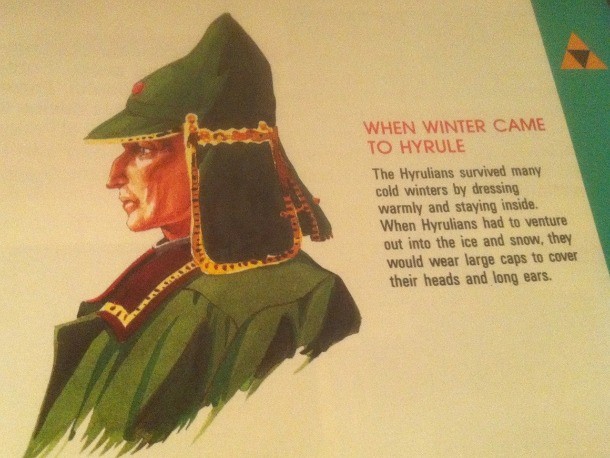
Plus, it tells you what Hyrulians do in the winter!
Worst Strategy Guide Of All Time Award: Final Fantasy IX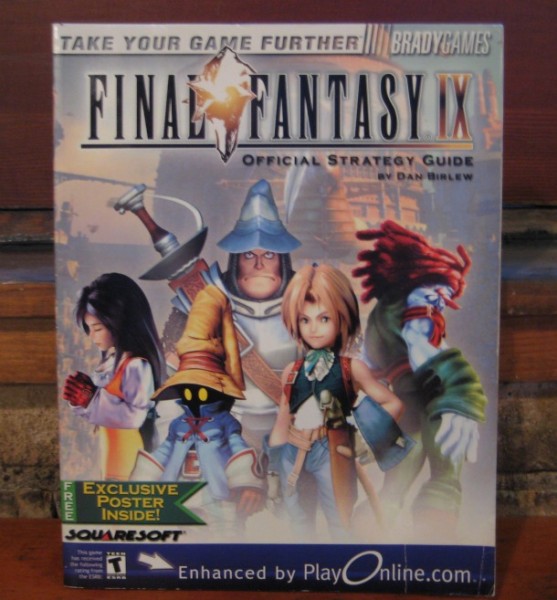
The worst guide I’ve ever bought was for Final Fantasy IX. The whole thing is basically an advertisement for Square’s stupid PlayOnline service. On the pages, you find bare-bones explanations and strategies, and margins are littered with little blue boxes suggesting that if you want to know more, you know visit PlayOnline. Instead of a strategy guide, Square should have just sold a note that said “Thanks, sucker! Go online for all the answers!” 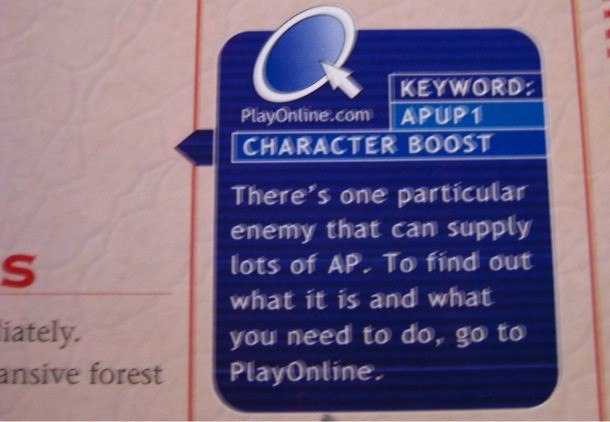
Seriously, it’s ridiculous. The whole sidequest section refuses to give you any useful information. Where are the 24 Chocographs? How do you get Steiner’s Excalibur? How do you learn Dagger’s real name? None of these are even remotely answered – but you can get the full story at PlayOnline! I’m furious about this, even today. I want my $12.99 back.










